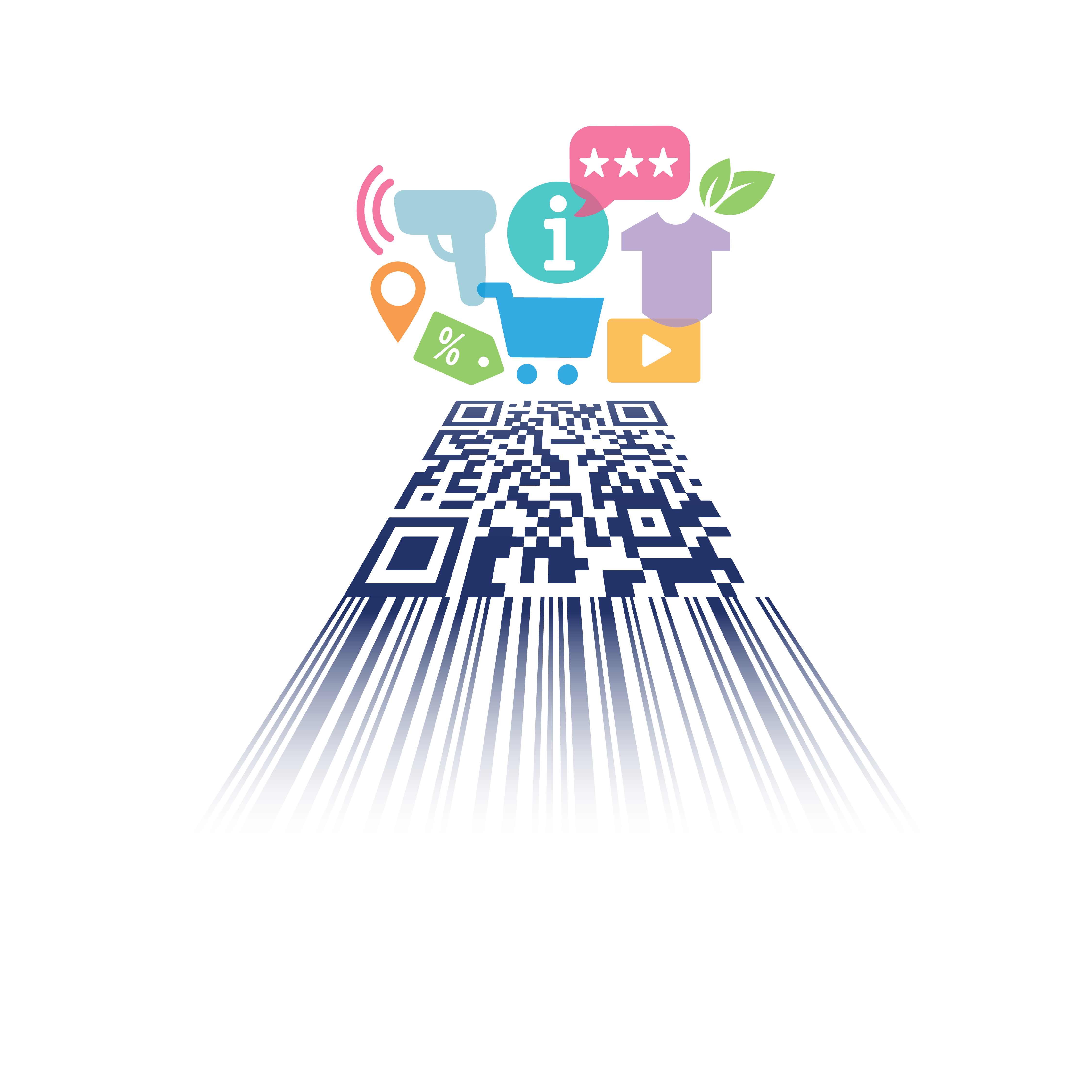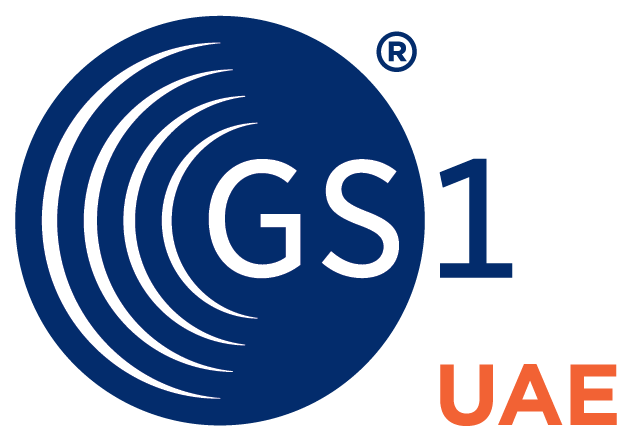“Consumers demand more information about the products they’re purchasing, regulators require the disclosure of more information and there’s an ongoing need to more effectively track and trace products through the supply chain. We can resolve this with 2D barcodes with GS1 standards inside – a single barcode that has the power to provide all the information consumers need and desire, improve traceability through the supply chain, and scans at checkout.”
Jon R. Moeller,
Chairman of the Board, President and Chief Executive Officer, Procter & Gamble
P&G CEO, Jon Moeller, urges industry leaders to transition from traditional barcodes to 2D barcodes with GS1 standards inside to improve consumer experiences and supply chain efficiencies.

In a letter sent to the Board of Directors of the Consumer Goods Forum (CGF), the organisation bringing together retailers and manufacturers globally, Jon Moeller has called for a global transition in all products packages to more powerful 2D barcodes. The replacement of the traditional barcode – currently present in 1 billion products – with the more capable new version should be a “primary focus” for industries, according to Moeller.
The omni present GS1 barcode used on today’s packaging is now 50 years old. Its adoption in 1973 revolutionized supply chains and forever changed how we buy and sell products. Barcodes are currently scanned over 10 billion times per day and keep bringing numerous benefits to industry. However, there is a critical need to take the barcode technology to the next level.
Shoppers’ expectations and behaviors have changed dramatically in the last few years. Consumers are now “hyper-connected” and research product information while shopping. There is a growing appetite for sustainability related information, including recycling and general guidance on how best to use products.
The transition to a more powerful 2D barcode using GS1 standards can make a great difference. According to Moeller, CEO of the world’s largest consumer goods company, “2D barcodes using GS1 standards provide strong benefits to consumers and shoppers, as they can gain access to very specific product information beyond what is displayed on the label: for example, usage instructions, product safety, ingredients, nutrition, certifications, recycling, expiration dates, promotions, and more.”.
2D barcodes are far superior to traditional barcodes due to their capacity to hold significantly more data. They also provide a better consumer experience. When a 2D barcode is encoded using the GS1 Digital Link standard, it enables the barcode to be scanned by a smartphone, allowing to access vastly more information – for consumers, retailers, regulators, and manufacturers. It is this wealth of data in everyone’s pockets that will put consumers in the driver’s seat to make more sustainable, safer, and informed decisions.
50 years after the adoption of the original barcode, GS1 is working with industry to gradually replace all existing barcodes with the new technology. We are entering a transition period that will see an increasing number of products carrying both existing and 2D barcodes. The goal is to ensure comprehensive rollout by 2027.
“We expect that 2D barcodes adoption will grow at different rates around the world, but one thing is certain: those that accelerate through this transformation the fastest will be best positioned to unlock valuable new capabilities and benefits”, claims Jon Moeller.
You can access here the P&G CEO letter and here more information about 2D barcodes.





